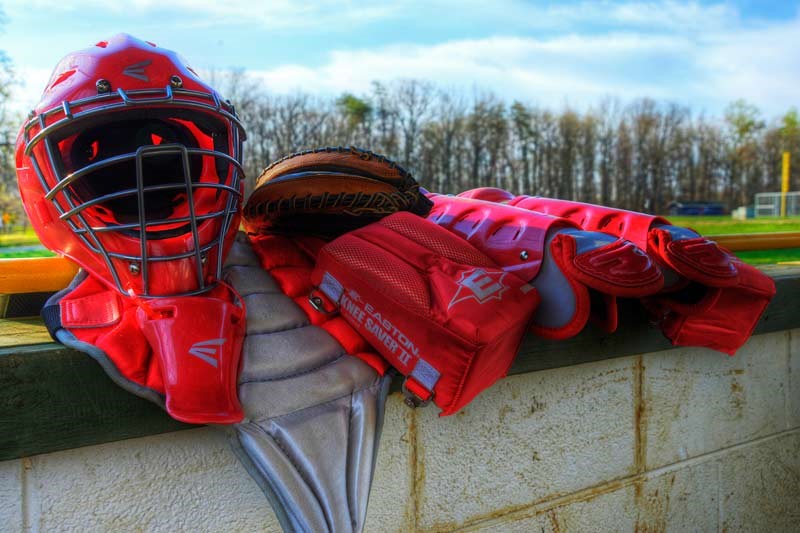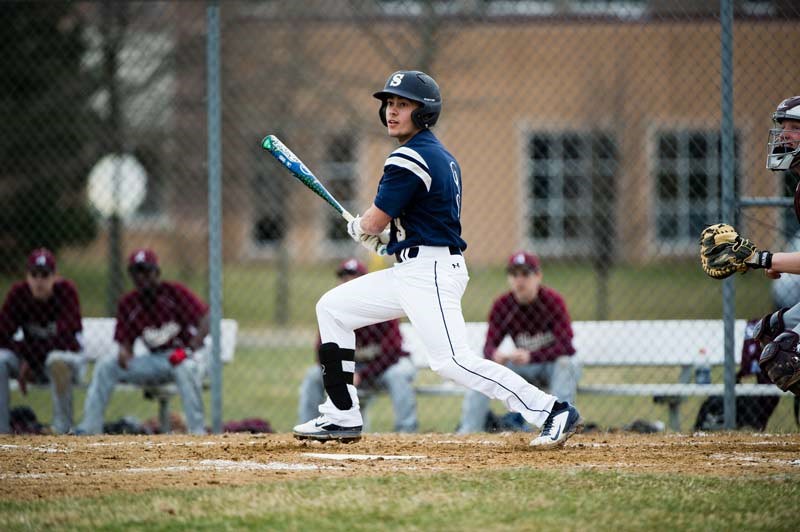Your Ultimate Guide To Baseball Safety
- Updated: November 29, 2016

Baseball is by no means a dangerous sport but it can present potential risks for injury like any other sport. The risks include player collisions in the field, the wild pitches and the batted balls. In youth leagues, pitchers can throw 80+ miles/ hour fastballs that are fast and hard enough to cause broken bones, concussions or painful swellings/sores in the least. Also in these leagues, rookie players can expose other pitchers to risk due to inaccurate throwing techniques or frequent collisions while running at top speed. Most of these accidents are inevitable because of the limited experience of some of the pitchers. The situation eventually gets better with practice. Meanwhile, what safety precautions can you take to ensure safety in the field?
Safety gear
Just like any sport, wearing the right gear correctly can greatly reduce the risks associated with the game. Safety gear is therefore paramount to preventing injuries. When it comes to baseball, the most basic safety gear includes protective batting helmets and catcher equipment. The right batting helmet will ensure protection of the head and ears from traumas caused by collision, accidental hits or falls. Ensure that these helmets meet the standards laid down by the National Operating Committee on Standards of Athletic Equipment. When buying the helmets, ensure that you pay attention to usage and sizing guidelines for correct utilization of the equipment. Every player should wear a protective helmet at all times, be it when waiting to bat or running base. The helmets should be properly fitted to the size of the player’s head.
Via Flickr.com
In addition to helmets youth leagues should ensure at least the following safety guidelines are followed:
- A chest protector and proper face guards that meet the sporting equipment standards. Face guards should be able to cover the facial bones and the area below the chin to the tip of the nose. Though some players might feel that the face guards reduce visibility during the game, it is good that they are encouraged to wear them nevertheless. However, it depends on the sizing specifications. If the guidelines are properly followed the guards should not be an obstruction.
- Choosing the right batting gloves also enhances the grip on the bat whilst reducing bruising and blistering to the palms…Gloves come in different materials but leather appears to provide a better grip than other synthetic materials.
- Protective cups are also an important aspect of baseball. Any player can be exposed to testicular injury whether they are an infielder, a catcher or pitcher. The last time we want is for our youth to develop fears about playing sports. The cups should be worn at all times.
Weight
Bat weights are often measured in drop weights. Most manufacturers provide weight guidelines that specify what weight is appropriate for particular players according to a weight-height matrix. This should be easy to follow.
Length
Via: Flickr.com
As for the length of the bat, the best way is to use the height of the player and the weight as well. The rudimental measurement is to use the length from the center of the chest to the index finger. However, if you have the exact measurements of the player, players above 70 pounds in weight should be able to swing a 28-32inch bat. Also, the bat should not be longer than the hip height (from the ground level) of the player otherwise it will be too long to swing.
Material
Other than the comfort of grip, the material of the bat also determines its weight. Those recommended for young players come in two materials; composite and alloy bats. Composite bats are made from material similar to carbon fiber and their weight is evenly distributed. Alloy bats on the other hand have more weight at the end and are often made of metal (aluminum). Composite bats are more expensive and can be handled well by rookie players. Alloy bats provide a stronger swing and are more durable but are not usually encouraged because they pose a huge risk of injuries especially if handled by beginners.
Investing in the right baseball bats and other equipments is the best decision you can make both for players and game enthusiasts. It is common sense to ensure safety is given the highest priority in baseball for the simple reason that injured players can’t play.
Author Bio:
My name is David, I am an editor/co-founder of www.theplanetofbaseball.com. Being a software engineer by day and a baseball blogger by night, I also participated in the training activities of a youth baseball team at my hometown. I have passion with baseball, it pertains to my life from childhood until now and I love to share what is related to that passion with others. I believe in the support of other baseball bloggers like me to spread the passion.



